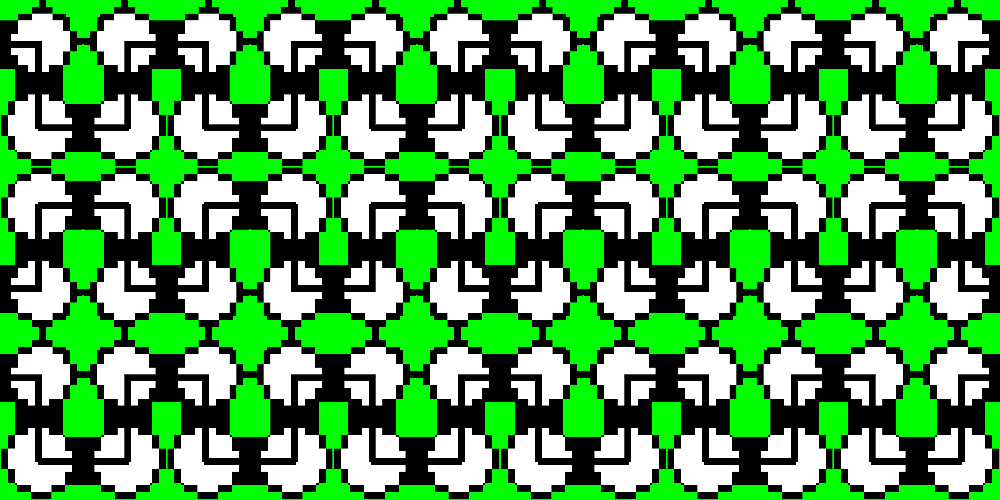206 reads
How to Graduate from Maker to Public Inventor
by
June 7th, 2019
Head of Academic Unit of Clinical & Experimental Sciences, Professor of Infectious Diseases
About Author
Head of Academic Unit of Clinical & Experimental Sciences, Professor of Infectious Diseases
